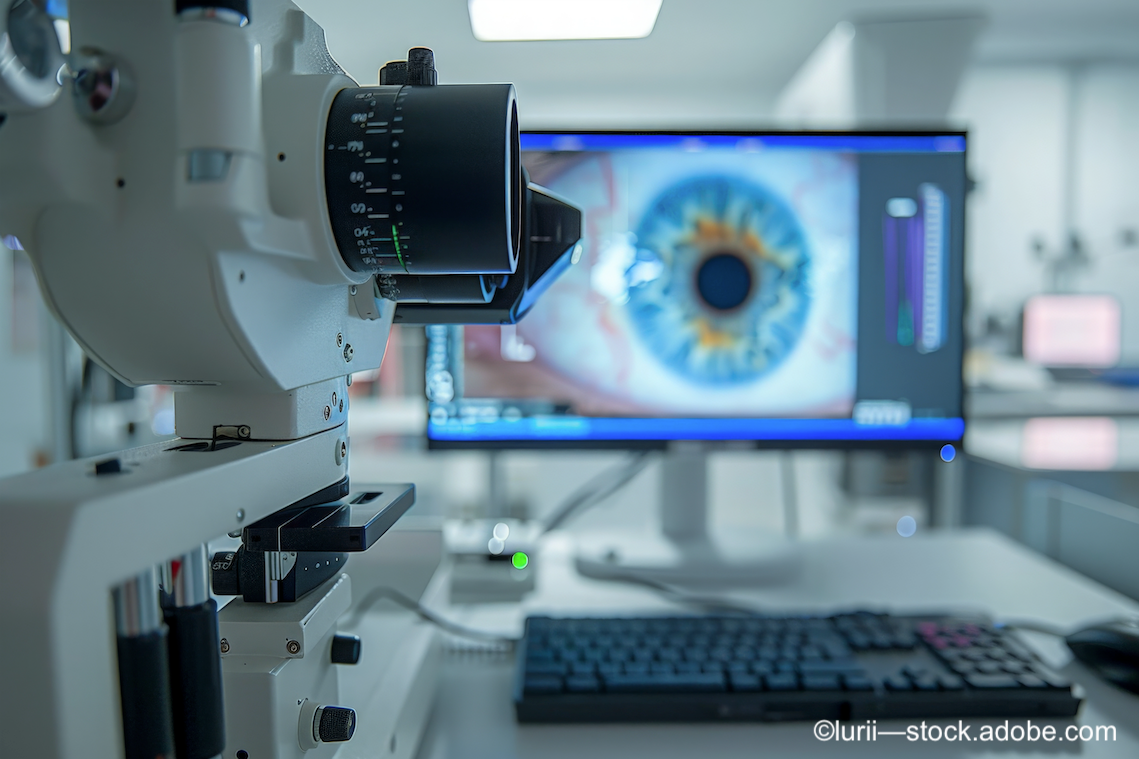Article
Dilated exams focus of EyeSmart Week
Author(s):
The importance of dilated eye exams is the focus of EyeSmart Week this week, being celebrated by the American Academy of Ophthalmology (AAO). To learn more about its observance, visit www.geteyesmart.org.
San Francisco-The importance of dilated eye exams is the focus of EyeSmart Week this week, being celebrated by the American Academy of Ophthalmology (AAO). To learn more about its observance, visit www.geteyesmart.org.
EyeSmart Week is part of Healthy Vision Month, during which the AAO; EyeCare America, a public-service program of the Foundation of the AAO; and the National Eye Institute of the National Institutes of Health are urging all Americans to make regular dilated eye exams a part of their health routine.
“Most Americans understand the importance of regular dental visits or cancer screenings but often forget about their eye health until they notice a problem. Too often, this costs patients their vision,” said Stephanie Marioneaux, MD, clinical correspondent for the AAO. “A dilated eye exam is the only way to catch eye disease early so that preventive measures can be taken to save sight."
The comprehensive eye exams you offer patients should include the following:
Assessment of medical history via questions about vision and family history;
Testing of visual acuity via a standardized eye chart;
Evaluation of pupils to determine how well they respond to light;
Testing of eye movement to ensure proper eye alignment and ocular muscle function;
Evaluation of the patient’s corrective lens prescription, if any, to ensure proper vision correction;
Assessment of side vision for possible vision loss and glaucoma risk;
Testing of IOP as a possible glaucoma symptom;
Examination of the front part of the eye to reveal any cataracts, scars, or scratches on the cornea; and
Assessment of the retina and optic nerve through a dilated eye exam to see whether signs of damage from disease are present.
The AAO recommends that all Americans have a baseline eye exam with an ophthalmologist no later than age 40. You can determine the frequency of follow-up exams based on an individual patient's eye health needs.
By age 65, the AAO recommends, eye exams should occur every 1 to 2 years or as you determine appropriate for individual patients. Many of your patients of this age may actually qualify for free or no out-of-pocket cost eye exams and treatment through EyeCare America. That program is made possible through the support of the Knights Templar Foundation, Genentech, and Alcon.
For more articles in this issue of Ophthalmology Times eReport, click here.

Study validates long-term efficacy of MicroPulse TLT for glaucoma management



